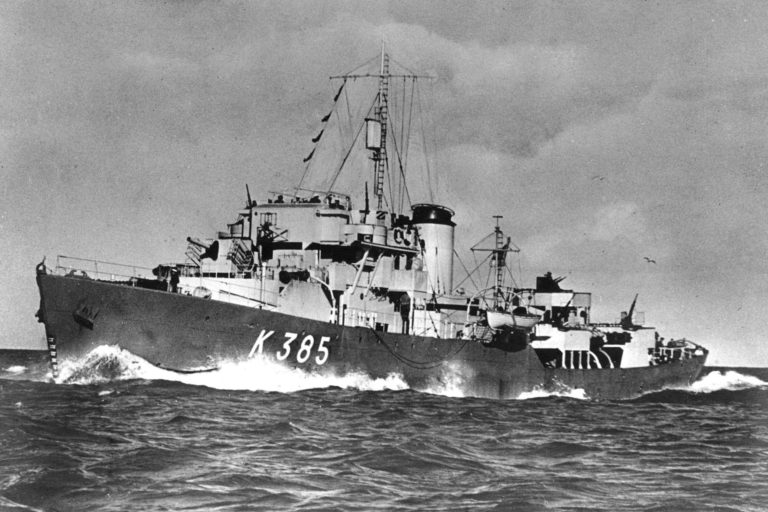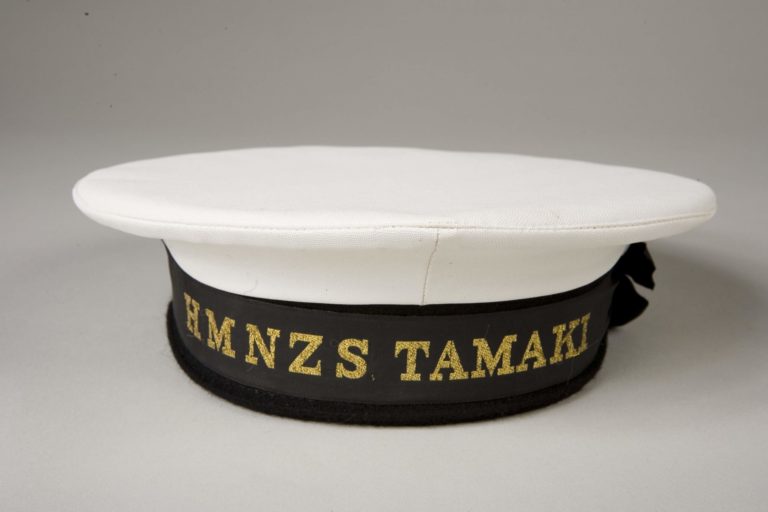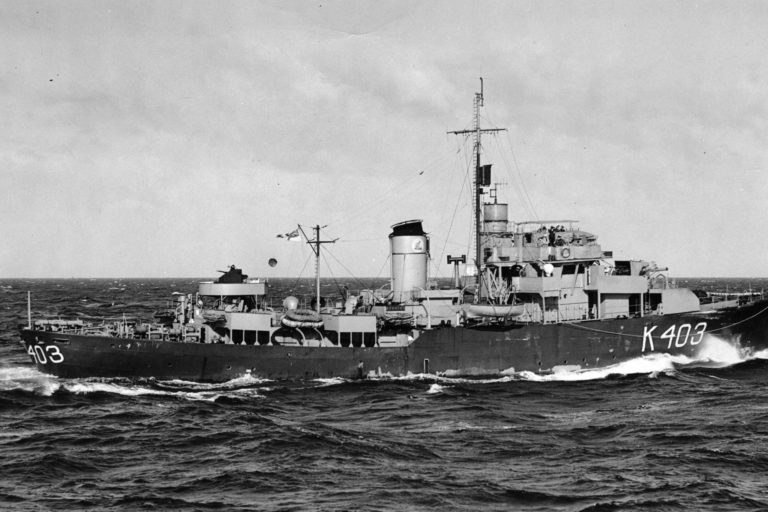Bells have a centuries-long tradition of varied use in the navies and merchant fleets of the world. Signaling, keeping time, and sounding alarms are important in a ship’s routine and readiness. Their functional and ceremonial uses have made them a symbol of considerable significance to navies of the world. There has been a centuries-long tradition of varied use for bells in the Royal Navy, United States Navy, Royal Australian Navy, and in the Royal New Zealand Navy. They have been and still are used for several purposes, e.g. signalling, keeping time, and providing a way of an alarm. The ship’s bell is a special symbol and highly used in ceremonies, one tradition of baby Christenings. Although much of its purpose is obsolete it still plays a significant ceremonial role in today’s Royal Navy. One of the earliest recorded mentions of the shipboard bell was on the British ship Grace Dieu about 1485. Some ten years later an inventory of the English ship Regent reveals that this ship carried two “wache bells”. The bell’s position on the ship may vary. When a ship visits in port it is often seen on a ship bell stand at the quartermaster’s position.
Timekeeping
Before the advent of the chronometer, time at sea was measured by the trickle of sand through a half – hour glass. One of the ship’s boys had the duty of watching the glass and turning it when the sand had run out. When he turned the glass, he struck the bell as a signal that he had performed this vital function. From this ringing of the bell as the glass was turned evolved the tradition of striking the bell once at the end of the first half hour of a four hour watch, twice after the first hour, etc., until eight bells marked the end of the four hour watch. The process was repeated for the succeeding watches. This age-old practice of sounding the bell on the hour and half hour has its place in the nuclear and missile oriented United States Navy at the dawn of the Twenty-First Century, regulating daily routine, just as it did on our historic vessels under sail in the late Eighteenth Century and watch system is still used in the Royal New Zealand Navy today. The whole ships’ functioning is centred around watch systems. The Watch and bells system over hundreds of years in the Royal Navy, hasn’t changed much at all over hundreds of years. The watch system is maintained, however, the bells system is rarely used. The ship maintains the traditional bell with the ships name and used for ceremonies but hardly used during the daily functioning of the ship.
Bells as a way of timekeeping
Before the introduction of a reliable clock to naval vessels, the passage of time was marked by striking a bell with paired clapper blows very time a half-hour sandglass was turned. The sea-day was divided into watches of four hour duration. Except for the dog watches of which there were two 1600-1800 & 1800-2000.
Hence, starting at 0800 – 8 bells
0800 Eight bells
0830 one bell
0900 two bells – in the forenoon up to 12pm
0930 three bells
1000 four bells
1030 five bells
1100 six bells
1130 seven bells
1200 eight bells
The time would then resume to one bell at 1230 and so on. For example, 1530 would be seven bells in the afternoon. The striking of eight bells signalled the changing of the watch. A naval tradition has it that the youngest member of the ship’s company on New Year’s Eve strikes the bell sixteen times; hence “ring out the old, ring in the new”
Safety and Communication
The sounding of a ship’s bell found a natural application as a warning signal to other vessels in poor visibility and fog. Ringing a ship’s bell in fog became customary. In 1858, British Naval Regulations made it mandatory in that function. Today, maritime law requires all ships to carry an efficient bell.
American ships of the Revolutionary War period and our early national years adopted many of the practices and traditions of the British Royal Navy, including the use of bells. In 1798, Paul Revere cast a bell weighing 242 pounds for the frigate USS Constitution, also known today by its nickname “Old Ironsides”. It is of interest to note that the use of a ship’s bell contributed to the richest single prize captured by the American Navy during the War of Independence. While a Continental Squadron under Commodore Whipple lay-to, wrapped in Newfoundland fog in a July morning in 1779, the sound of ships’ bells and an occasional signal gun could be heard a short distance off. When the fog lifted the Americans discovered that they had fallen in with the richly-laden enemy Jamaica Fleet. Ten ships were captured as prizes, which – together with their cargo – were valued at more than a million dollars.
Alarms
The bell is an essential link in a ship’s emergency alarm system. In the event of a fire, the bell is rung rapidly for at least five seconds, followed by one, two or three rings to indicate the location of a fire – Forward, amidships, or aft respectively.
Navy Ceremonies and Events
The bell is used to signal the presence of important persons. When the ship’s captain, a flag officer, or other important person arrives or departs, watch standers make an announcement to the ship and ring the bell. This tradition extends to major naval command transitions, often held aboard vessels associated with the command.
Bells in religious ceremonies
The bell’s connection to religious origins continues. Originating in the British Royal Navy, it is a custom to baptize a child under the ship’s bell; sometimes the bell is used as a christening bowl, filled with water for the ceremony. Once the baptism is completed, the child’s name may be inscribed inside the bell. The bell remains with the ship while in service and with the Department of the Navy after decommissioning. In this way, an invisible tie is created between the country, the ship and its citizens. Bells have been loaned or provided to churches as memorials to those vessels; this practice has been discontinued in favor of displaying bells with namesake states or municipalities, with museums, and with naval commands and newer namesake vessels.
Maintenance and Upkeep
Traditionally, the bell is maintained by the ship’s cook, while the ship’s whistle is maintained by the ship’s bugler. In actual practice, the bell is maintained by a person of the ship’s division charged with the upkeep of that part of the ship where the bell is located. In such a case a deck seaman or quartermaster striker or signalman striker may have the bell-shining duty.
Disposition and continuing Navy use
In addition to its shipboard roles, the bell serves a ceremonial and memorial function after the ship has served its Navy career. The Navy Museum has a number in its collection some of which are on display in the Museum including the bell from HMS New Zealand, which can be seen in the image above.

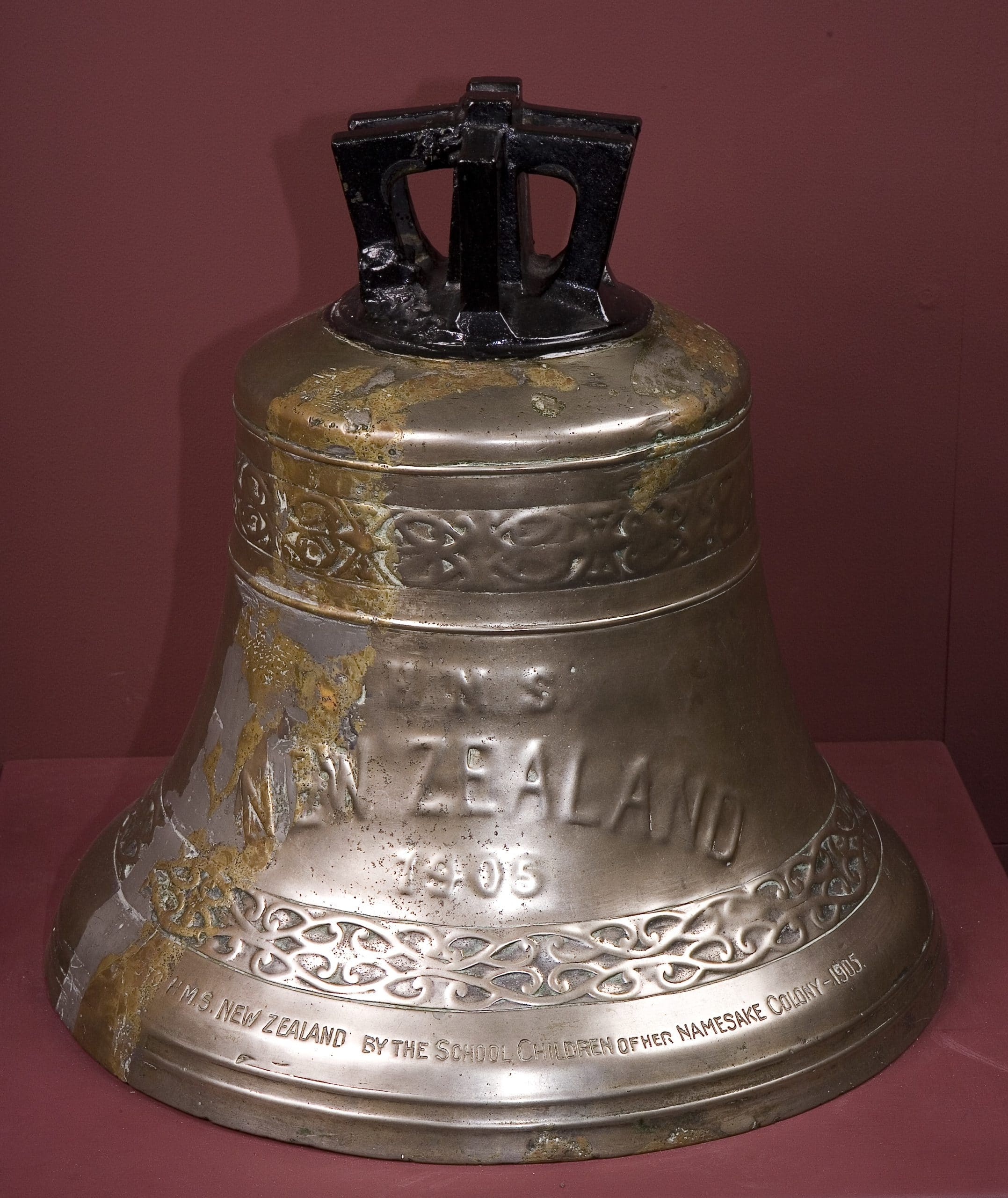

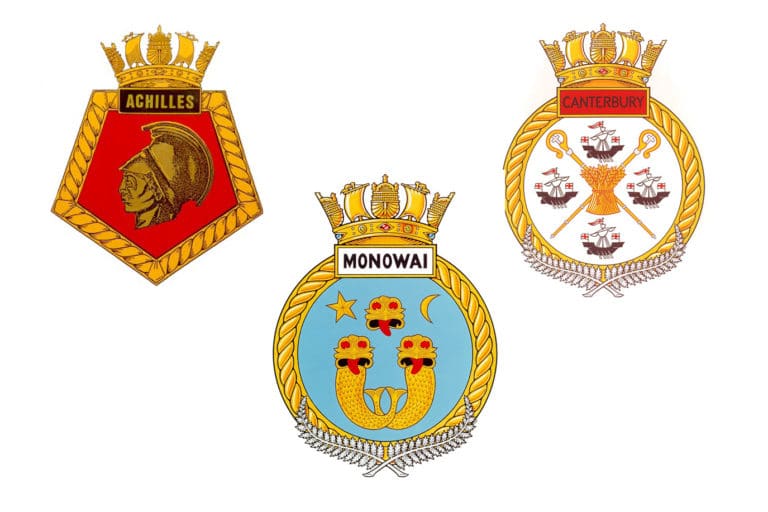
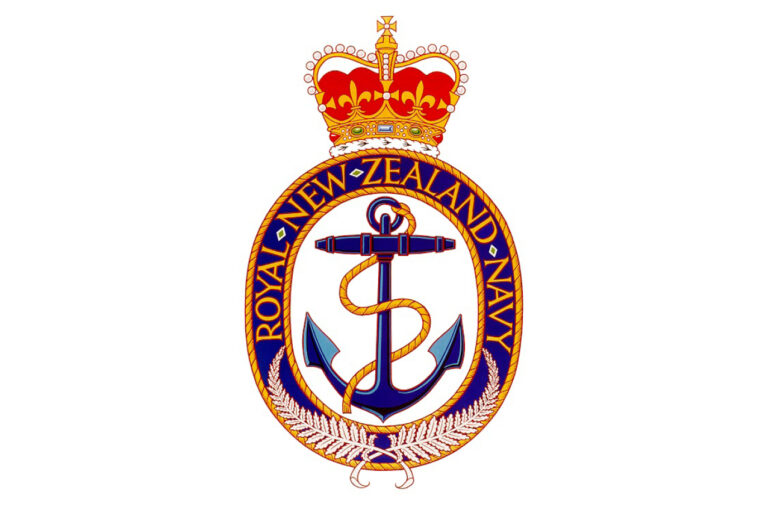
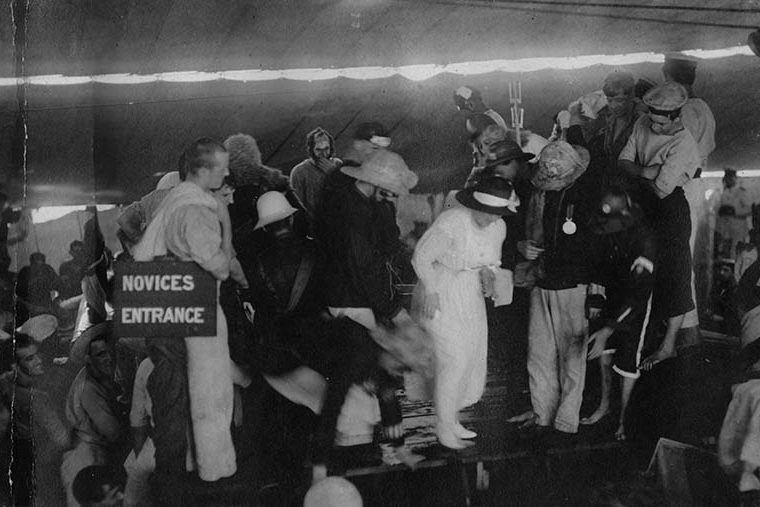

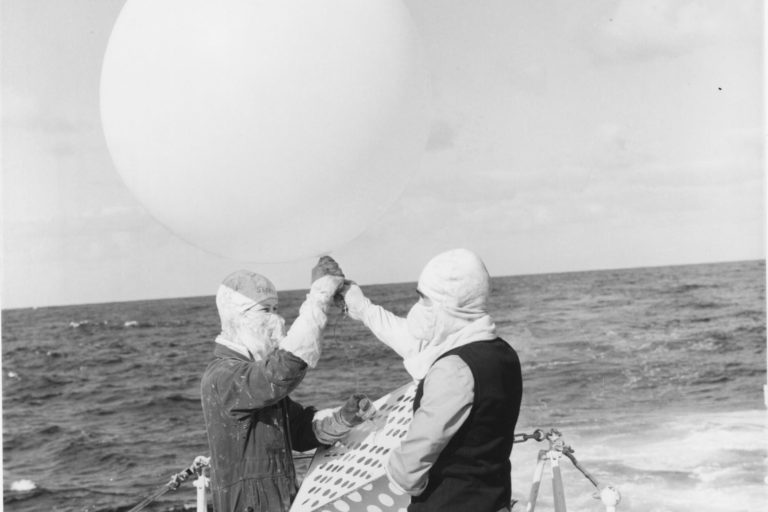
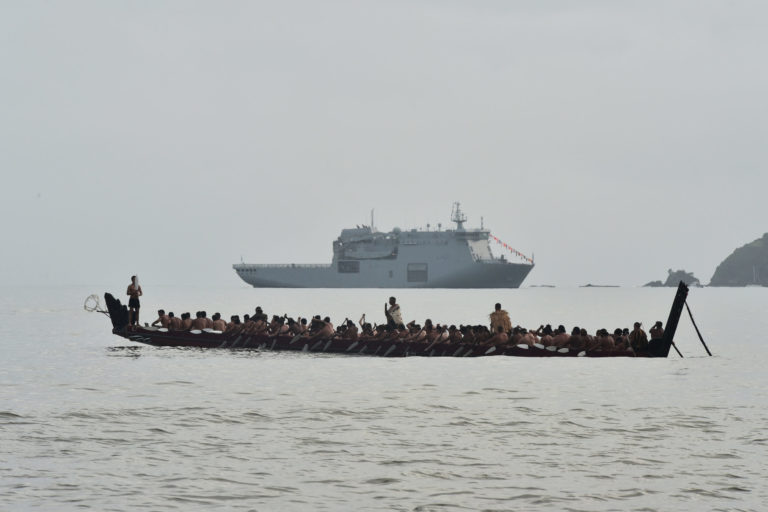

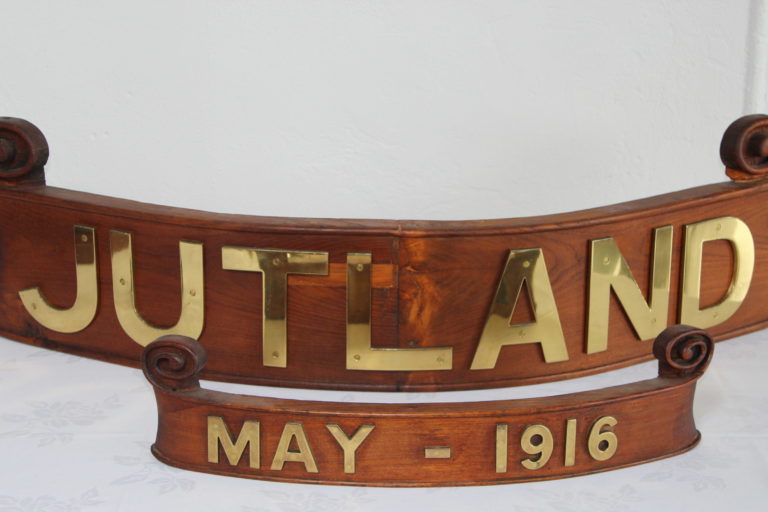
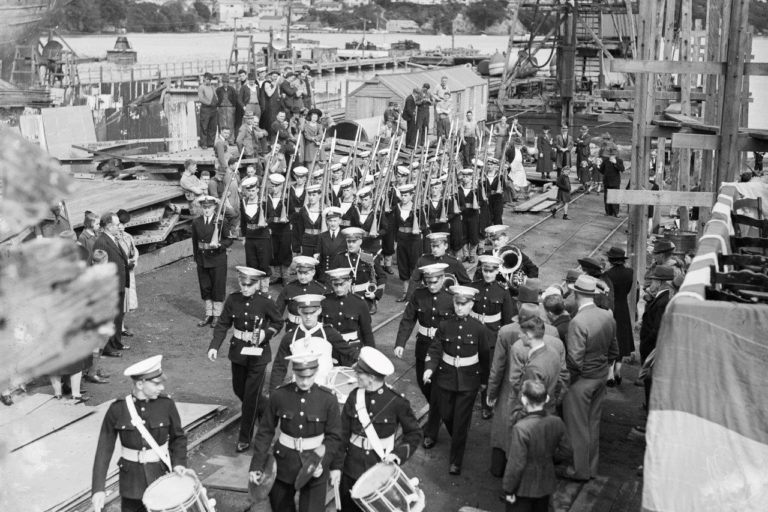
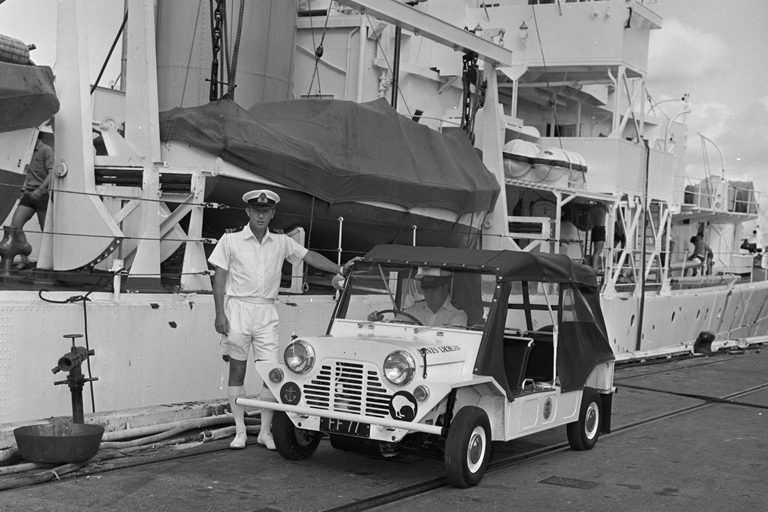
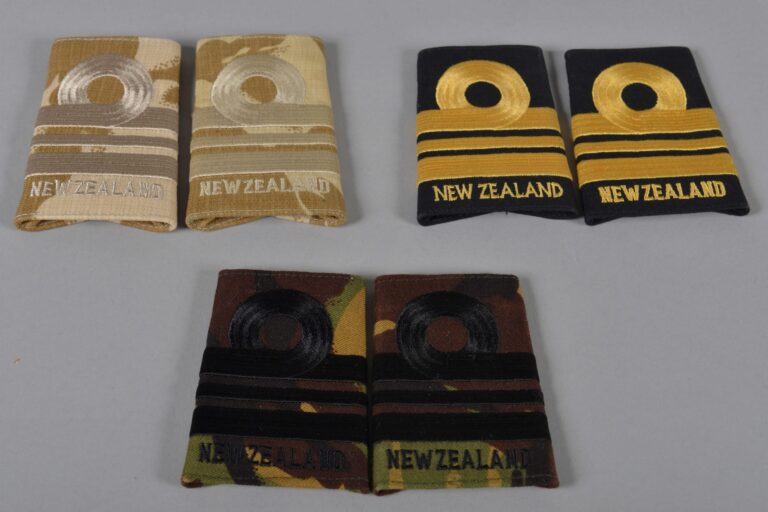
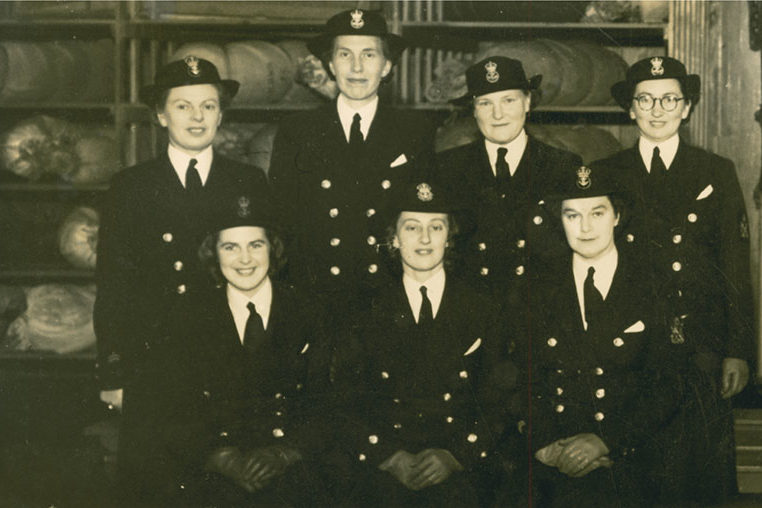
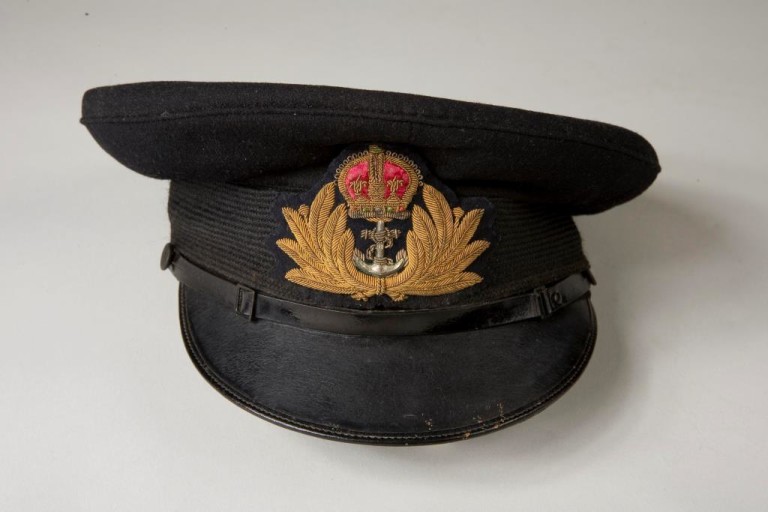
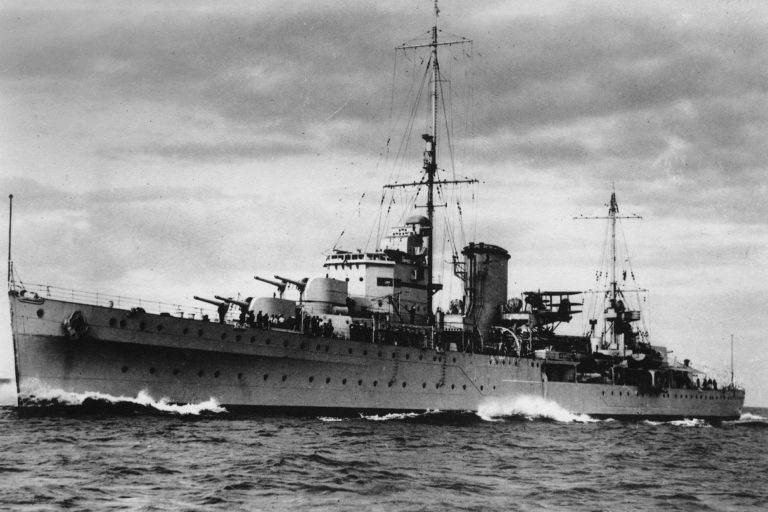
![Amokura Training Ship Amokura [formerly HMS Sparrow]](https://navymuseum.co.nz/wp-content/uploads/amokura.jpg)
